The Automation War: Cloud Labs vs. Desktop Robots
Approaches to Biotech Automation: the Cloud Lab and the Desktop Robot
In biotech, it’s no secret that there is a strong trend toward automation. In the next couple of years we are bound to see the vast majority of human lab work assigned to robots. Currently, there are two competing approaches to biotech automation: the cloud lab and the desktop robot. The former offers automation as a service by order, while the latter attempts to bring the automation to your lab bench.
Partial Automation Doesn’t Improve Much
It’s easy to assume that like computers, it’s best to have physical access to our machines, but just as cloud computing is taking off, so should the appeal of cloud pipetting. For most synthetic biologists, the bulk of lab work is spent in the ceaseless cloning cycle of ordering DNA or primers to amplify DNA, running a PCR, separating DNA on a gel, transforming cells, plating cells, waiting a day, picking colonies, waiting another day, purifying DNA, sequencing DNA, testing your final product, then trying again over and over. All of these steps can be automated, and already have been by companies like Transcriptic, SGI, and Emerald Labs. As researchers, we already wait around for DNA to be synthesized, delivered, and product DNA to be sequenced, so it would make sense for us to investigate outsourcing the rest of the process. If a company like Transcriptic can localize itself near a synthesis and sequencing company (or integrate those things in-house), their throughput will be much faster and more convenient than any desktop pipetting machine could ever be.The point being, even if desktop robots were extremely versatile and efficient, your job would consist of receiving DNA from your closest provider, loading small amounts of liquid into a desktop robot, waiting for the robot to perform, moving those samples to the thermocycler, waiting for the thermocycler to finish, moving the PCR to a gel, waiting for the gel, etc. In short, your job would be to move liquid from machine to machine at various time intervals that segment your day into chunks of time that are highly variable and difficult to schedule other job functions around. Ultimately, a desktop robot will still require your valuable attention and time where an outsourcing option could potentially give those resources back to you.What would be ideal is if the robot could do all these functions from pipetting to PCRs to incubations as well as move it from station to station. The type of robot that would require is not a desktop robot. It’s a room-sized robot. Typically the type of robot only a large company can afford. The type of robot these cloud labs already have and are at your disposal.

Transcriptic offers state-of-the-art instrumentation such as Agilent Bravos, an automated liquid handling equipment that can do 96- or 384-well transfers in one fast operation.
Weighing Your Automation Options
Deciding between outsourcing or insourcing automation really comes down to economics and trust issues. The economics are relatively simple, if it’s a machine you will constantly use, it’s worth it to buy your own. For example, using Transcriptic’s Tecan Plate Reader costs $5.60 an hour. My lab runs overnight assays almost every day, so after only a month or two of use, buying our own Tecan became economically advantageous over renting space on Transcriptic’s Tecan. If you are doing quick end-point measurements then Transcriptic becomes economically viable again. On the other hand, at $2.80 an hour for PCR, you’d have to do somewhere around 2000 PCRs before you pay back buying your own thermocycler, and that’s not taking into consideration the convenience of not having to load and wait for the PCR yourself. As far as pipetting robots go, if you are someone who spends your entire day doing 96-well plate serial dilutions, a pipetting robot would be your new best friend. A whole slew of next-generation bots are waiting for you such as CyBio’s GeneTheatre, OpenTron’s OT.ONE, or Tecan’s EVO 75. Otherwise, a pipetting robot for non-repetitive tasks seems like more work than it’s worth, considering you will still have to manually coordinate the inputs and transfer the outputs to the next machine.

GeneTheatre Liquid Handling by Analytik Jena.Trust issues may be more difficult to overcome since so much in biology can fail for any number of reasons and there’s a certain comfort in having it fail in your own hands versus it failing in someone else’s. I’m not sure how that instinctive mistrust will be overcome, but with automation comes standardization of protocols. With all ambiguity removed, since every robot arm movement must be coded and every protocol done exactly as dictated, it will become easier to troubleshoot experiments and harder to blame it on human-error or casual protocol variance.Where We Are and Where We’re GoingAt our current state of technology, outsourcing is a golden opportunity for researchers, however it isn’t the end all be all. There will be a time when we will have the power of cloning on our desktop, when DNA synthesis is so cheap and miniaturized labs will own a personal synthesizer that takes digital sequence inputs and outputs organisms transfected with fully synthesized plasmids or even organisms with fully synthetic genomes--essentially shrinking a room full of equipment into a single machine. A technological reality Craig Venter describes with his “Digital Biological Converter”, and partially delivers on with SGI-DNA’s new BioXP synthesis machine. Of course, such technology comes at a price, specifically a $50,000 price tag, that still can only produce 1.8kb fragments that would then need to be incorporated into expression vectors and transformed into cells. Not to mention all of the downstream testing and assays the construct would need to go through which brings us back to the moving and waiting problem inherent to partial automation.Since we can’t all own a full Digital Biological Converter just yet, it seems as though outsourcing is the most convenient and competitive automation solution on the market for researchers because it frees up the valuable resources of time and attention that could otherwise be spent analyzing data or planning new projects instead of intermittently moving samples from station to station ad nauseum.If you have any questions or comments please leave them below.




.svg)





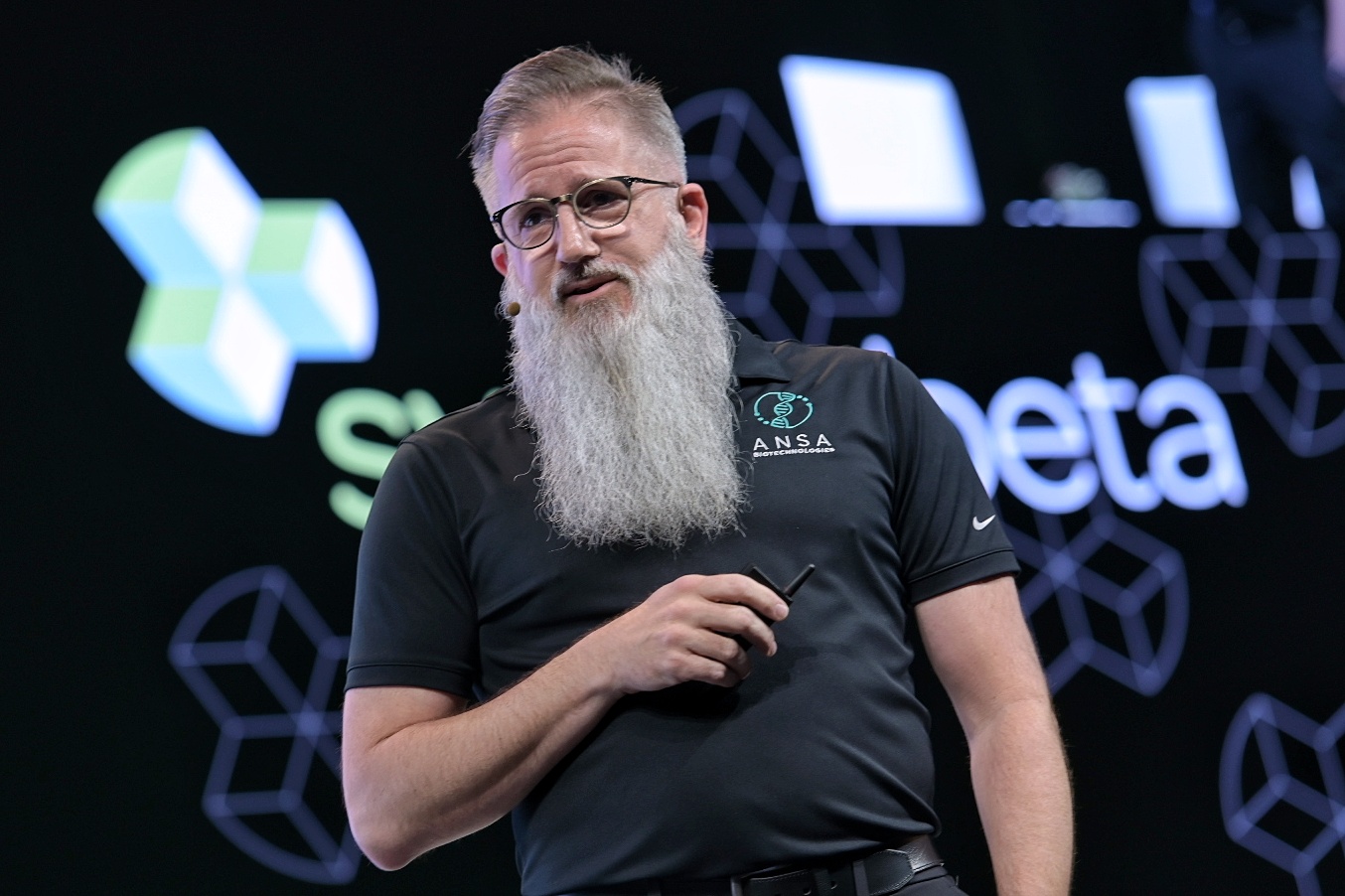
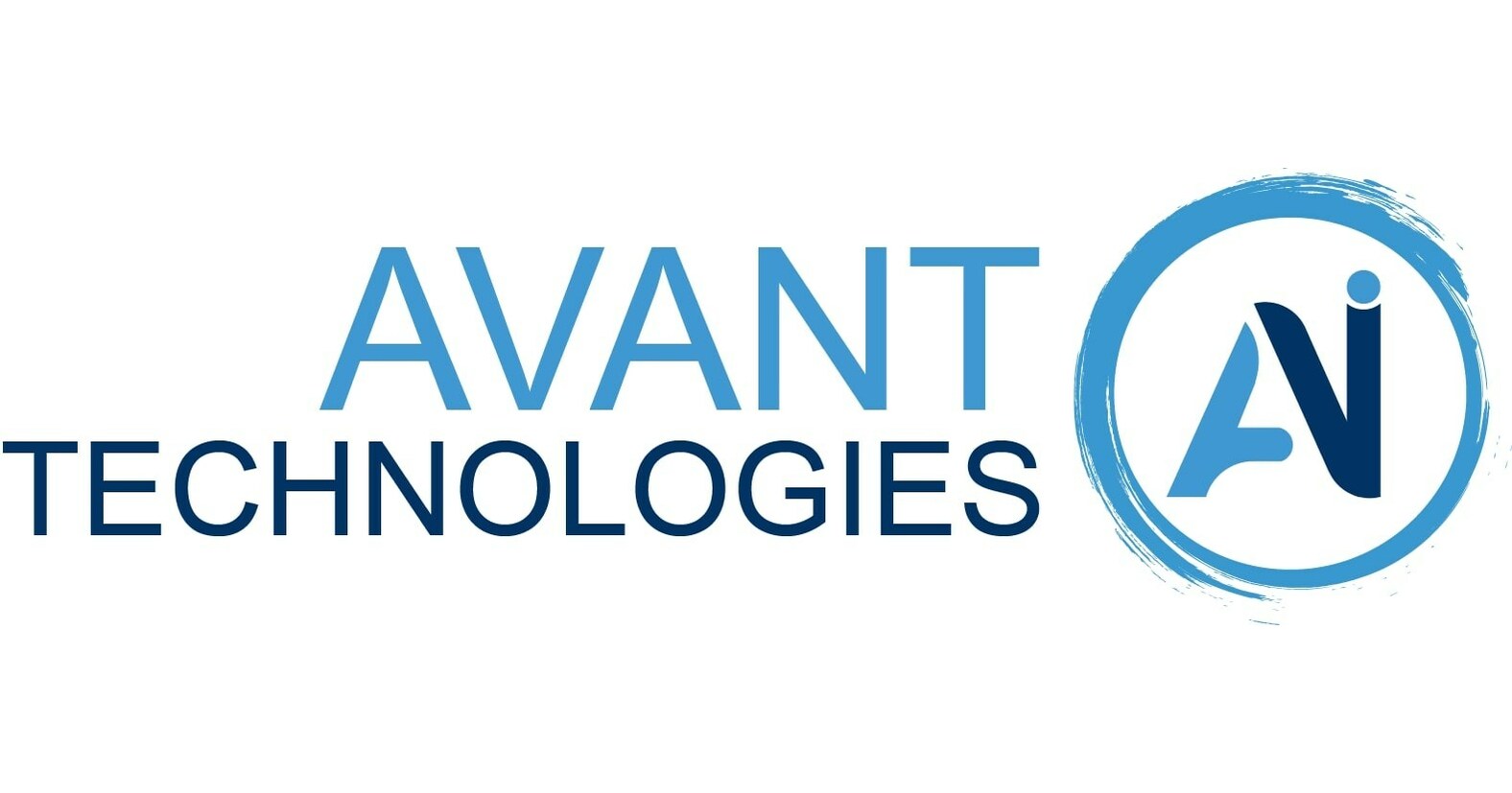
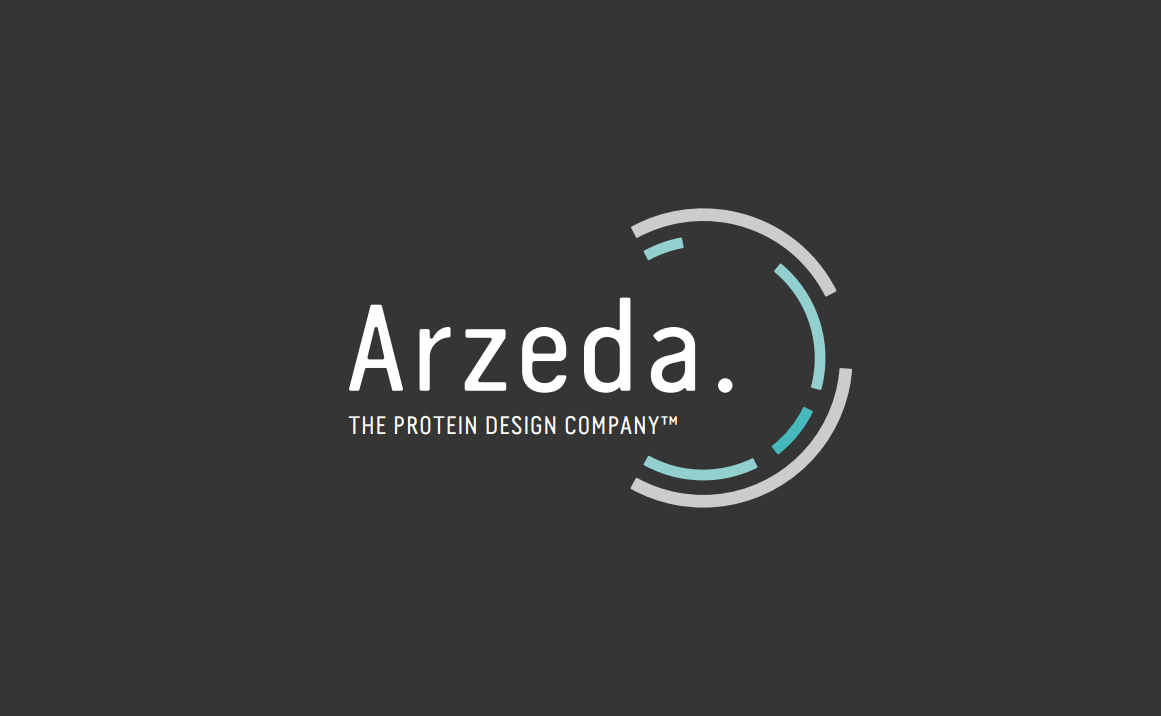
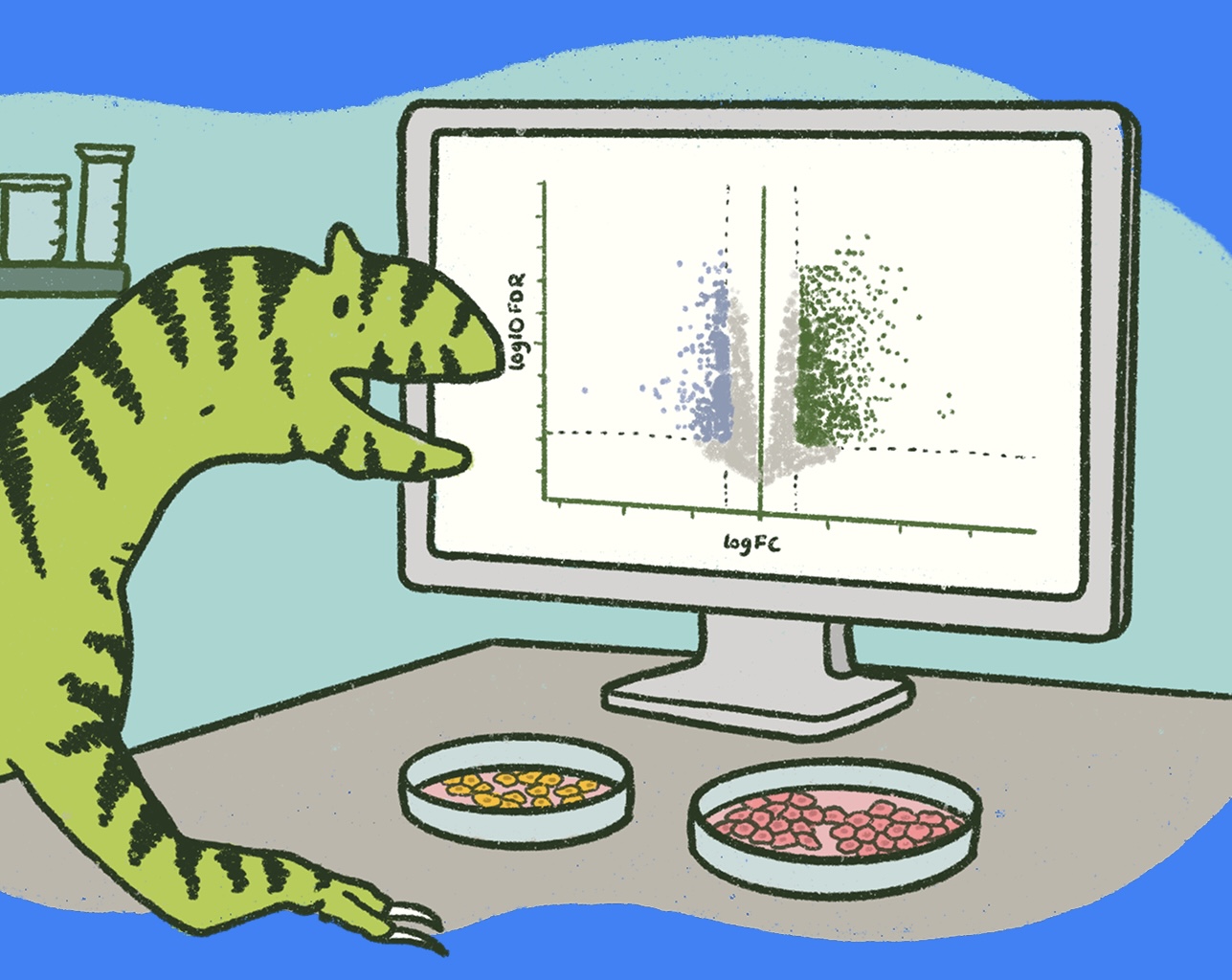
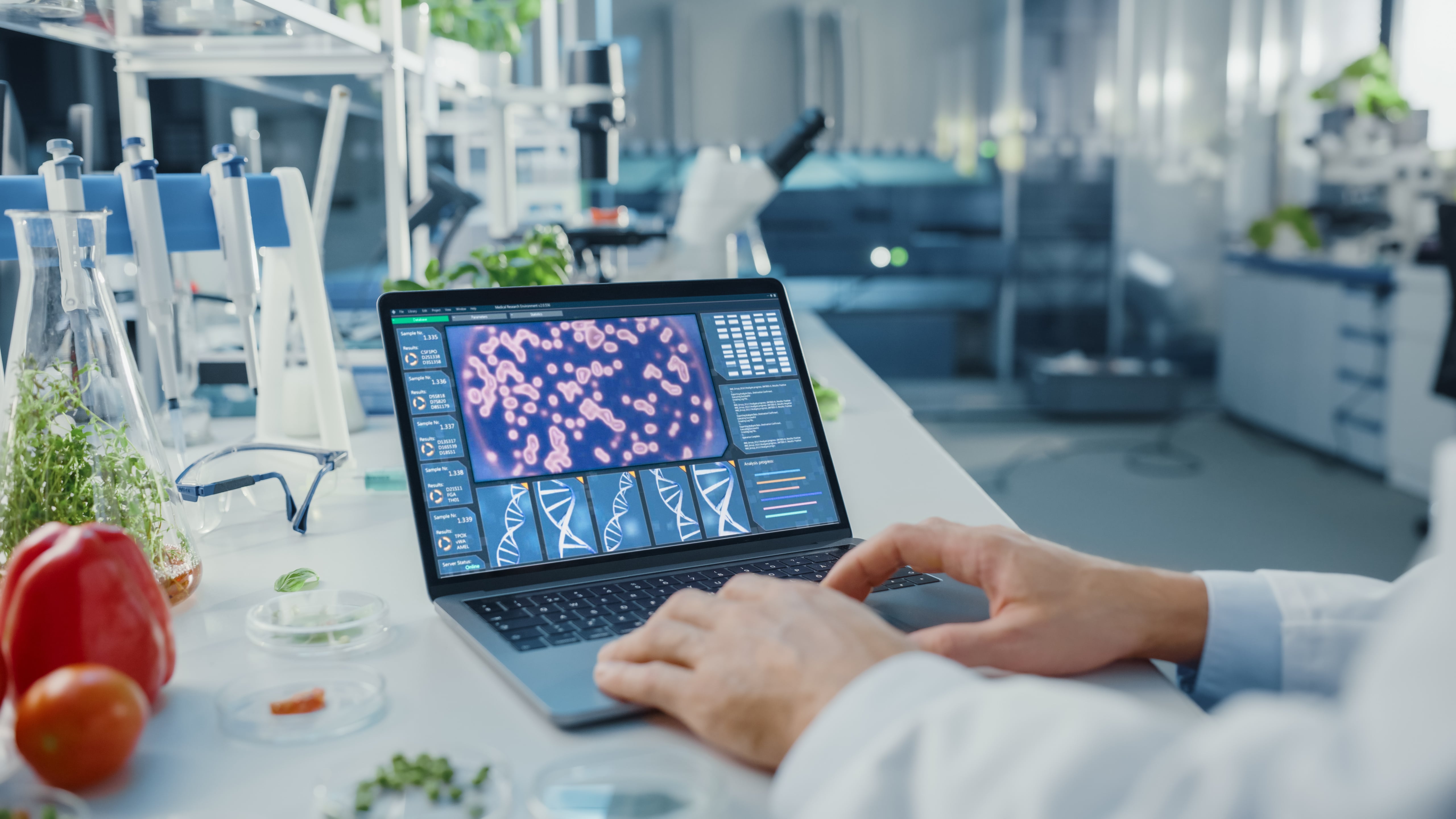
-min.png)
.gif)